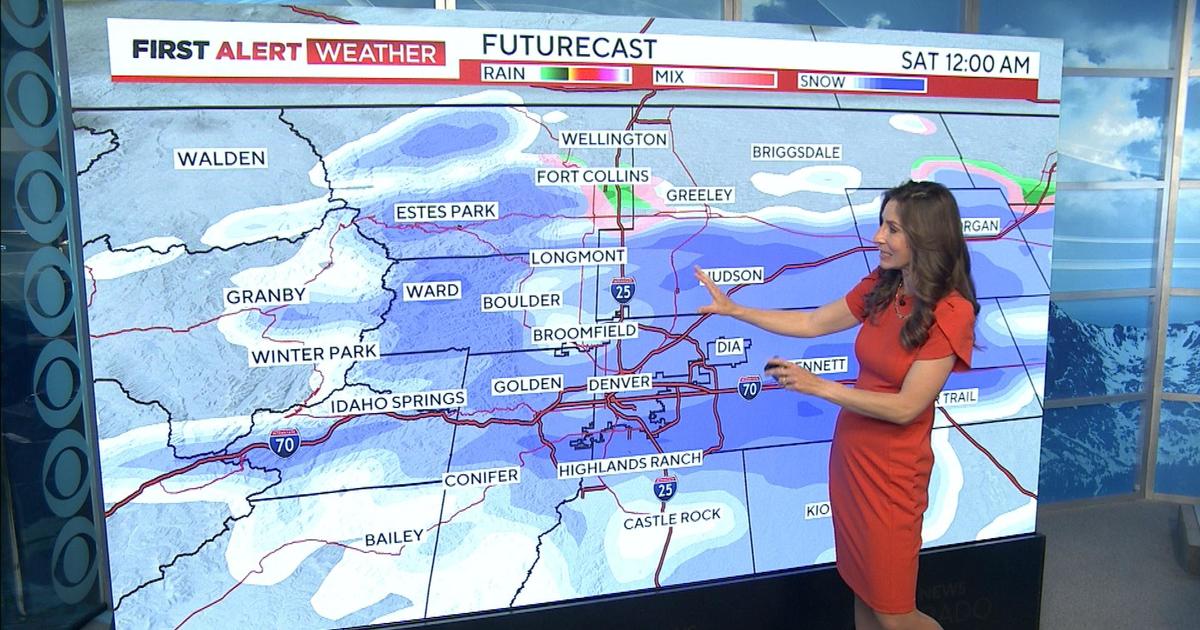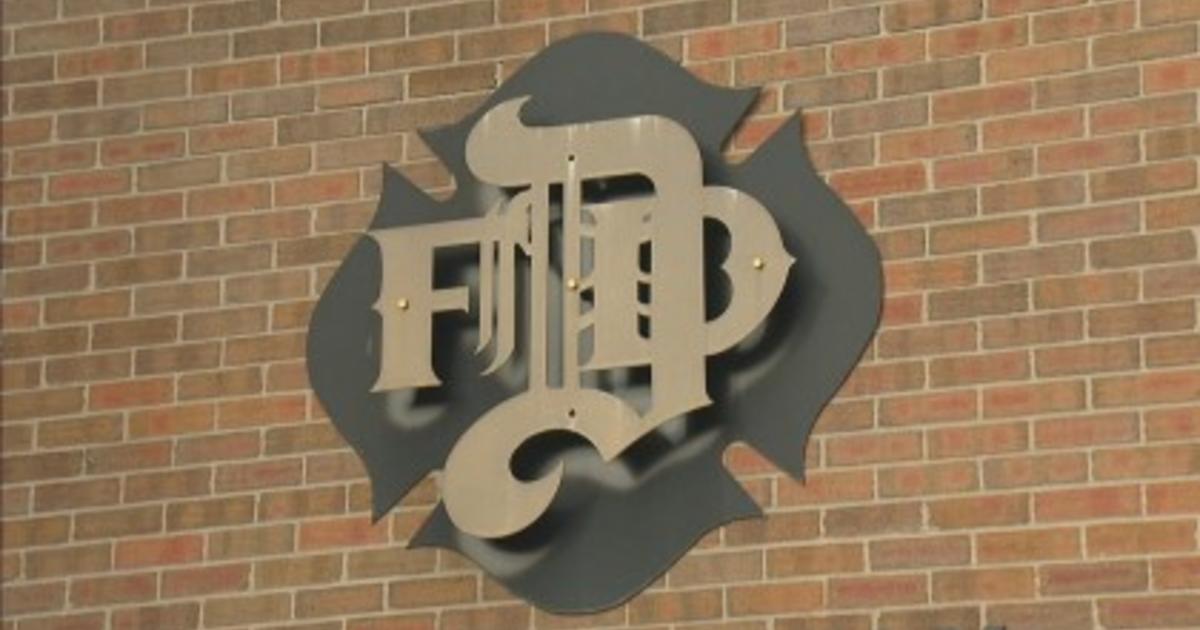More Resources Help Colorado Fight Massive Wildfire
BROOMFIELD, Colo. (CBS4)- There are only 10 heavy air tankers in the U.S. used for fighting fires. Colorado has two of them helping fight the Hewlett Fire burning in Poudre Canyon.
A third air tanker has been ordered to help douse the flames. The tankers work out of Rocky Mountain Metro Airport in Broomfield. Every 40 minutes they fly in, load up and then head back to the fire lines.
The second air tanker arrived in Colorado Thursday afternoon. It came from Arizona where a wildfire there has grown to nearly 10 square miles and evacuated an entire town.
The Hewlett Fire has burned 7,300 acres as of Thursday evening. At one point, 80 homes were under mandatory evacuation orders but people living in 65 homes were allowed to return Thursday at about 6:20 p.m. They were urged to be ready to evacuate quickly if needed.
Fire conditions in Colorado have authorities exercising a full assault which includes additional attacks from the air.
"We have 329 firefighters on the incident, we have a heavy air tanker, helicopters who are working to support our line crews and we have also ordered two air tankers, an additional two helicopter and we have an additional helicopter coming in today," said U.S. Forest Service spokeswoman Jackie Parks.
Tankers load up with 2,000 gallons of slurry then it's wheels up to make the drop around the fire to stop its path from spreading.
The lead plane serves as the eye in the sky and directs heavy tankers where to drop slurry and tells hot shot crews where to battle it from the ground.
The hot shot crews are completely committed to Colorado so coordinators will look to neighboring states to get more boots to the ground.
"If there are crews available in Montana, California or the East Coast and we need them we'll order them and they'll get here," said Rocky Mountain Air Coordination spokesman Steve Segin.
RELATED STORY: Some Evacuations Lifted, Hewlett Fire Continues To Grow
Colorado's fire preparedness has been upgraded to a Level 2 which means that there are multiple fires burning within a region of five neighboring states.
Resources are constantly on the move between states depending on the priority of which fire needs the most help.
"Fire season is all year long. We have periods of hot and dry but this is considered the heart of the fire season," said Segin.



